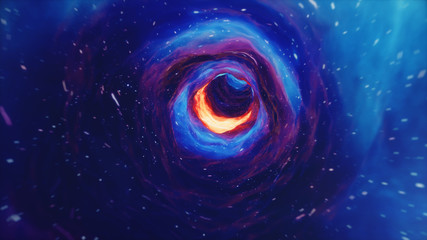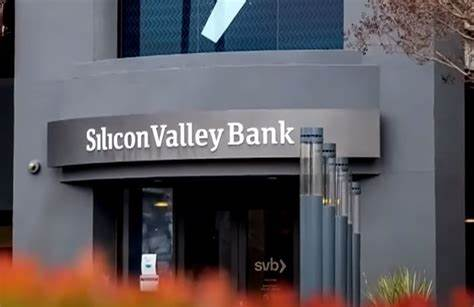Wormholes: A Fascinating Concept in Theoretical Physics
Have you ever wondered if there is a shortcut through the universe? A wormhole, a tunnel that could potentially connect two distant points in space-time, may be the answer. Although wormholes are purely theoretical at this point, they have captured the imagination of scientists and the public alike as a possible means of space travel and time travel.
In this blog post, we will explore the fascinating concept of wormholes, how they work according to the theory of general relativity, and the challenges that must be overcome in order to create and stabilize them. So, fasten your seat belts and get ready for a mind-bending journey through the possibilities of wormholes.
Wormholes are a fascinating concept in theoretical physics that have captured the imagination of scientists and the public alike. They are hypothetical structures that are believed to exist within the fabric of space-time, and offer a possible shortcut through the universe. Although wormholes have yet to be observed, their potential for space travel and time travel has sparked interest among physicists, science fiction writers, and the public
What are Wormholes?
Wormholes are often described as tunnels through space-time. They are hypothetical structures that are believed to exist within the fabric of space-time, connecting two distant points in the universe. This means that if we were to travel through a wormhole, we could potentially travel from one end of the universe to the other in a much shorter amount of time than it would take to travel the distance directly.
Wormholes are also believed to offer the possibility of time travel. If a wormhole could be created and stabilized, it may be possible to use it to travel back and forth through time, potentially allowing us to explore the past or the future.
How Do Wormholes Work?
The existence of wormholes is predicted by the theory of general relativity, which describes the relationship between space, time, and gravity. According to this theory, space and time are not separate entities, but are intimately linked in what is known as space-time.
The theory of general relativity predicts that massive objects like stars and planets can warp the fabric of space-time, causing it to curve. This curvature creates the force of gravity, which is why objects fall towards the ground or towards other massive objects.
Wormholes are believed to be a result of extreme curvature in space-time, which creates a bridge or tunnel between two distant points. This curvature can be created by the presence of extremely massive objects, such as black holes, which are believed to create a "throat" in the fabric of space-time.
The Stability of Wormholes
While wormholes are an intriguing concept, they are also highly speculative and currently exist only in theoretical physics. One of the major challenges to creating a stable wormhole is the presence of exotic matter, a hypothetical substance with negative energy density that is believed to be necessary to hold the wormhole open.
In addition to the challenge of finding and stabilizing exotic matter, there is also the issue of whether wormholes would be traversable by humans or spacecraft. The extreme curvature of space-time at the throat of the wormhole could create intense gravitational forces that would be lethal to humans or destroy spacecraft.
Conclusion
Wormholes are a fascinating concept in theoretical physics that offer the potential for space travel and time travel. While they are purely theoretical at this point, their existence is predicted by the theory of general relativity. The possibility of creating and stabilizing wormholes, however, remains a major challenge for physicists, as does the question of whether they would be traversable by humans or spacecraft. Despite these challenges, the concept of wormholes continues to capture the imagination of scientists and the public alike, and may one day offer a new frontier for exploration and discovery.






.jpg)
Comments
Post a Comment